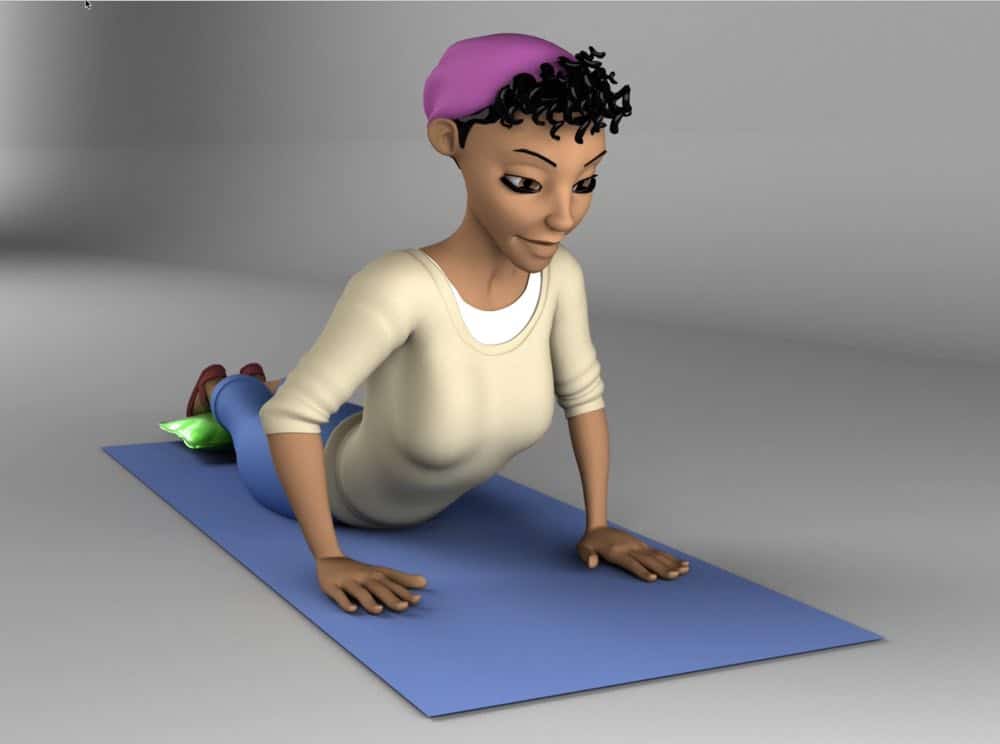Sciatica is a painful condition caused by irritation or compression of the sciatic nerve. It usually affects one side of the body, causing pain, numbness, tingling, or weakness in the lower back, buttocks, and legs.
Coping with sciatica at work can be challenging, especially if your job requires you to sit or stand for extended periods. However, there are some strategies you can use to manage your symptoms and prevent them from getting worse.
Understanding Sciatica
Before we delve into coping strategies, it’s essential to understand what sciatica is and what causes it. The sciatic nerve is the longest and largest nerve in the body, running from the lower back down to the legs. When this nerve is compressed or irritated, it can cause pain and other symptoms that radiate down the leg.
Sciatica can be caused by various factors, such as:
- Herniated or bulging discs
- Spinal stenosis
- Degenerative disc disease
- Spondylolisthesis
- Piriformis syndrome
- Trauma or injury to the lower back
- Pregnancy
If you suspect that you have sciatica, it’s crucial to seek medical attention to determine the underlying cause and get appropriate treatment.
Coping with Sciatica at Work
If you suffer from sciatica, you know that the pain can be debilitating, affecting your productivity and quality of life. However, there are some things you can do to cope with sciatica while at work.
Modify Your Workspace
One of the most important things you can do to manage sciatica at work is to modify your workspace to reduce strain on your back and legs. Here are some tips:
- Adjust your chair height so that your feet can rest flat on the ground.
- Use a lumbar support pillow to maintain the natural curve of your lower back.
- Position your computer screen at eye level to avoid straining your neck.
- Keep your keyboard and mouse close to reduce reaching.
- Use a headset if you’re on the phone for extended periods.
Take Breaks
Sitting or standing for extended periods can worsen sciatica symptoms. Therefore, it’s essential to take regular breaks to stretch and move around. Here are some ideas:
- Stand up and walk around for a few minutes every hour.
- Do some simple stretches, such as hamstring stretches, hip flexor stretches, and piriformis stretches.
- Use an exercise ball to alternate between sitting and moving.
Use Proper Body Mechanics
Using proper body mechanics can help reduce strain on your back and legs, preventing sciatica symptoms from getting worse. Here are some tips:
- Lift heavy objects by bending your knees and using your leg muscles, not your back.
- Avoid twisting your back when lifting or carrying objects.
- Maintain good posture, keeping your shoulders back and your spine straight.
Manage Your Stress
Stress can exacerbate sciatica symptoms, making it essential to manage your stress levels. Here are some ideas:
- Practice relaxation techniques, such as deep breathing, meditation, or yoga.
- Take breaks and do something you enjoy, such as listening to music or reading a book.
- Talk to your supervisor about reducing your workload or adjusting your schedule if it’s causing you stress.
Consider Physical Therapy
Physical therapy can help relieve sciatica symptoms by strengthening your back and leg muscles, improving your flexibility and mobility, and reducing inflammation. If your doctor recommends physical therapy, make sure to attend all your sessions and do the exercises as instructed.
Conclusion
Coping with sciatica at work can be challenging, but it’s not impossible. By modifying your workspace, taking breaks, using proper body mechanics, managing your stress, and considering physical therapy, you can manage your symptoms and improve your quality of life. If you’re experiencing sciatica symptoms, seek medical attention to determine the underlying cause and get appropriate treatment.





